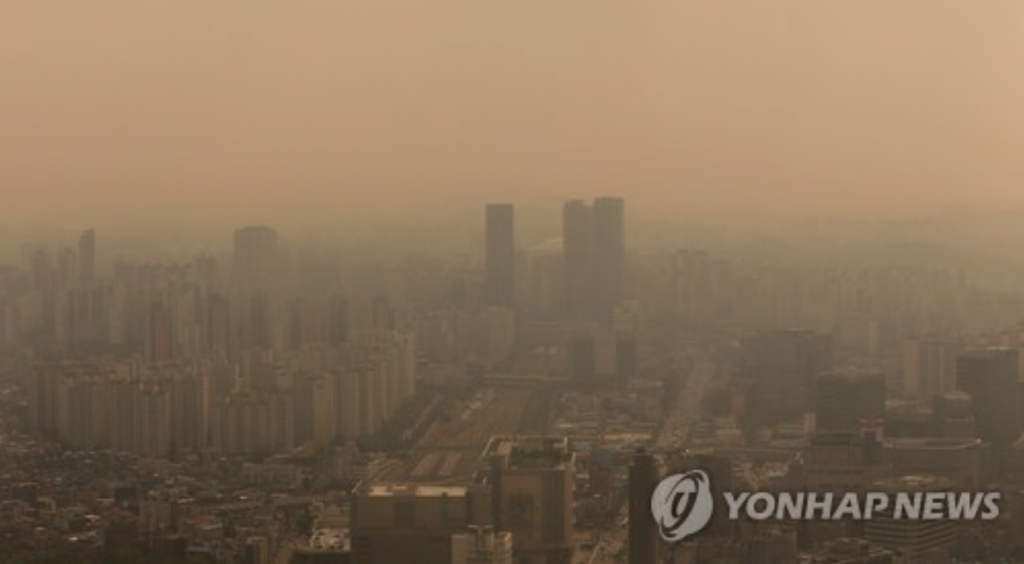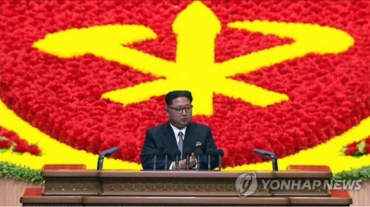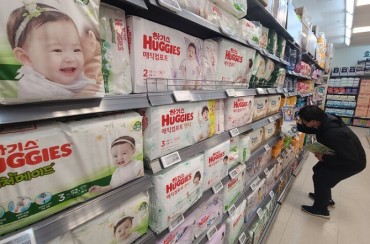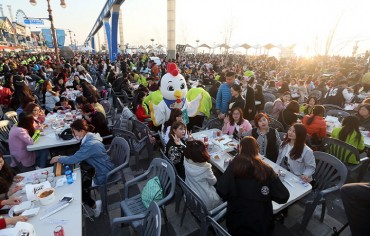SEOUL, June 28 (Korea Bizwire) – Spring fades into summer, and with the new season comes ozone.
Summer has finally arrived in Korea. But its companion, ozone, is what makes the heat more unbearable and suffocating. And the Seoul metropolitan area is suffering the most.
According to Air Korea, a real-time air quality forecast website, on Tuesday, ozone concentration conditions for the Seoul metropolitan area, western Gangwon Province, Chungcheong Province, and North Gyeongsang Province, were all ‘bad’.
Ozone conditions are considered ‘good’ when the daily concentration average is between 0 and 0.030 ppm (parts per million volume air concentration), followed by ‘average’ (0.031 – 0.090 ppm), ‘bad’ (0.091 – 0.150 ppm), and ‘very bad’ (0.151 ppm and above).
The condition was also ‘bad’ the day before, June 27, for major cities and provinces, including Seoul, Gyeonggi Province, western Gangwon Province, South Chungcheong Province, Daegu, Ulsan, and Gyeongsang Province.
Once the ozone concentration exceeds 0.11 ppm (hourly average), the government issues an ‘ozone watch’. When it reaches 0.3 ppm, an ‘ozone warning’ is issued, and for 0.5 ppm and above, a ‘critical ozone warning’ is announced.
This year, however, ‘ozone watches’ have already been announced six times in Seoul in the months of May and June, when they were only issued three times throughout the entire summer in 2015.
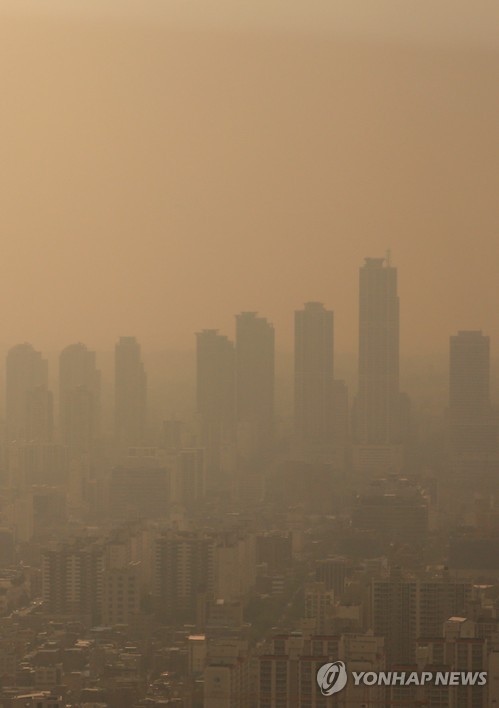
Once the ozone concentration exceeds 0.11 ppm (hourly average), the government issues an ‘ozone watch’. When it reaches 0.3 ppm, an ‘ozone warning’ is issued, and for 0.5 ppm and above, a ‘critical ozone warning’ is announced. (image: Yonhap)
When an ‘ozone watch’ is announced, local governments advise their citizens to refrain from outdoor activities. Under an ‘ozone warning’, local governments, on top of ‘ozone watch’ measures, recommend that citizens refrain from driving vehicles to reduce fuel usage. Once a ‘critical ozone warning’ is issued, the government prohibits outdoor activities, driving vehicles, and orders businesses to shorten their hours of operation.
Ozone, or O3, is one of the major components of photochemical smog, which can cause various illnesses, including labored respiration, headaches, and bronchitis. Photochemical smog is a noxious compound formed when exhaust gas from vehicles, mainly diesel, reacts with sunlight. In fact, exhaust gas from diesel vehicles has recently been pointed out as major contributor of ozone production. Although similar to smog, photochemical smog often appears as yellowish brown fog.
The depleted ozone layer in the earth’s stratosphere is another factor. The increased amount of ultraviolet rays that reach the earth’s surface vitalize photochemical reactions, ultimately increasing the concentration of ozone in our atmosphere.
Individuals exposed to ozone for an hour under ‘ozone watch’ conditions, can experience shortness of breath, frequent coughing, headaches, and even anxiety. Under an ‘ozone warning’, an individual’s respiratory system is further stimulated, and he or she can feel increased pressure in the chest area. Vision will also start deteriorating. In a ‘critical ozone warning’, the respiratory tract becomes contracted, and lungs and bronchial functions are severely weakened. In worst cases scenarios, high ozone levels can cause sepsis and fainting from breathing difficulties.
“Usually, fine dust affects Korea during winter and summer, while ozone becomes more prevalent in summer and early-fall,” said an official from the National Institute of Environmental Research.
Experts note that ozone concentration is highest between 2 p.m. and 5 p.m. When an ‘ozone watch’ is issued, the best measure is to stay indoors.

Seoul Skyline at Dusk with clouds still shining at low and high clouds (Image credit: Kobiz Media/Korea Bizwire)
By Joseph Shin (jss539@koreabizwire.com)


